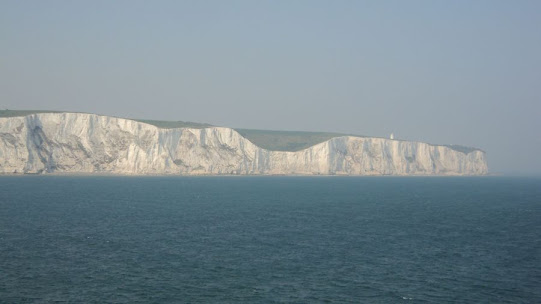The O2 Dome, located in North Greenwich, London, was originally built as the Millennium Dome to house the central exhibition for the year 2000 celebrations. It was constructed between 1996 and 1999 as a symbol of the new millennium, designed by architect Richard Rogers and funded by the UK government. The Dome’s structure, a massive white tent-like structure with a distinctive 52-metre high roof and 365-metre diameter, was meant to represent the optimism and forward-looking spirit of the time.
However, after the exhibition closed in 2000, the Dome faced criticism for underwhelming attendance and a lack of lasting impact, leading to its abandonment. In 2005, it was rebranded as The O2 after being leased to a private consortium, with the entertainment company AEG renaming it after securing sponsorship rights. Since then, the site has been transformed into a major entertainment and leisure complex.
As a Visitor Attraction:
Today, the O2 is a popular and versatile venue, known primarily for hosting major concerts, events, and sporting activities. Its key features include:
The O2 Arena: A world-renowned concert and sports arena, hosting concerts by major artists, live shows, and even basketball games or tennis tournaments.
Up at The O2: A unique outdoor climb experience where visitors can walk over the roof of the Dome, offering panoramic views of London. The climb takes about 90 minutes and is led by a guide.
Entertainment & Dining: The O2 complex houses a variety of restaurants, bars, and a cinema, as well as a bowling alley, making it a destination for family entertainment.
The O2 Shopping Mall: A large retail space with a wide range of shops and stores, from high-street fashion to electronics.
Indigo at The O2: A smaller, more intimate venue within the Dome that hosts live performances and shows.
The O2 has evolved from a one-off exhibition space into one of the UK's top entertainment destinations, blending culture, sport, shopping, and leisure into one dynamic site. It’s easily accessible via public transport, including the London Underground and the Thames Clippers river bus service, and remains a significant landmark on the London skyline.







